A Sanskrit Reader: Text, Vocabulary and Notes
₹395.00
In stock
Too Good to Resist Sale is Live BUY AND SAVE NOW
The design of A Sanskrit Reader is two fold. In the first place, it is to serve as an introduction to the subject for the students of the colleges and universities. This Reader is designed, in the second place, to render a knowledge of Sanskrit accessible to the classical teachers of high schools, academies, and colleges. Besides, it is intended to help correct some of the false notions respecting the relations of Sanskrit to other languages of the Indo-European family, and to save the literature from undue depreciation and from exaggerated praise. In making selections from the various Sanskrit writings, the author had two practical aims in view: first, to provide abundant material for a through drill in the language of the classical period; and, secondly, to furnish a brief introduction to the works of the Vedic period, Mantra, brahmana and Sutra. Among the Vedic period, Mantra, Brahmana and Sutra. Among the Vedic hymns (or Mantra-material) are, some of the easiest, then some taken on account of their poetic or dramatic merit, or their ethical interest; and finally some taken on account of their poetic or dramatic merit, or their ethical interest; and finally some taken because because of their historical importance. For the most part, a repetition of the hymns given by Delbrueck and by Boehtlingk in their Chrestomathies has been avoided. The Brahmana pieces are chosen in such a way as to show the relation of this kind of literature to the hymns or Mantras. The results of comparative philology are now so generally incorporated into our modern classical grammars, lexicons, and text-books, that even a slight knowledge of Sanskrit, if it be accurate so far as it goes, is of great service to the classical teacher in making his instruction interesting and effective. As independent disciplines, moreover, Sanskrit and comparative philology, and the literatures and religions of India, are constantly gaining in importance, so that, for example, Sanskrit is now taught at all but one of the twenty universities of the German Empire. The design of this work, then, is twofold. In the first place, it is to serve as an introduction to these subjects for the students of our colleges and universities. The excellent Chrestomathy of Boehtlingk has no vocabulary; and few persons can be expected to buy the costly dictionary of Williams or that of Boehtlingk and Roth, at the outset, when they are uncertain whether Sanskrit will be of sufficient interest or use to them to warrant their continuing its study. What the beginner needs is an elementary work comprehending both text and vocabulary in a single volume. And accordingly, this Reader is meant to furnish ample material for about fifty weeks’ reading, in a course of three hours a week, and, with the text, the appropriate lexical apparatus. The Reader is made as a companion-volume to Whitney’s Sanskrit Grammar, and these two books supply all that is needed for the first year’s study. This Reader is designed, in the second place, to render a knowledge of Sanskrit accessible to the classical teachers of high-schools, academies, and colleges. These teachers, if they pursue this study at all, usually do so without the aid of an instructor. And it is especially the requirements of unaided private study that I have taken constant pains to meet. I state this fact thus explicitly, because, both here at Cambridge, and during my connection with the Johns Hopkins University (where the plan for this work was formed), numerous inquiries for such a book have been addressed to me by persons very remote from any of the higher institutions of learning. If, incidentally, this work should help to correct some of the false notions which are prevalent respecting the relations of Sanskrit to other languages of the Indo-European family, and to save the literature from undue depreciation and from exaggerated praise, it will have served a worthy object. So cumbrous or so meagre have been hitherto the appliances for acquiring even a moderate knowledge of Sanskrit, that classical students, when seeking such knowledge as an auxiliary to their special work, have found the labordiscouragingly great. These students unquestionably have a legitimate and sufficient reason for undertaking Sanskrit, and I venture to hope that the difficulties of the beginning have been so materially lessened that they will now find even a modicum of Sanskrit well worth the trouble of attainment. The results of comparative philology are now so generally incorporated into our modern classical grammars, lexicons, and text-books, that even a slight knowledge of Sanskrit, if it be accurate so far as it goes, is of great service to the classical teacher in making his instruction interesting and effective. As independent disciplines, moreover, Sanskrit and comparative philology, and the literatures and religions of India, are constantly gaining in importance, so that, for example, Sanskrit is now taught at all but one of the twenty universities of the German Empire. The design of this work, then, is twofold. In the first place, it is to serve as an introduction to these subjects for the students of our colleges and universities. The excellent Chrestomathy of Boehtlingk has no vocabulary; and few persons can be expected to buy the costly dictionary of Williams or that of Boehtlingk and Roth, at the outset, when they are uncertain whether Sanskrit will be of sufficient interest or use to them to warrant their continuing its study. What the beginner needs is an elementary work comprehending both text and vocabulary in a single volume. And accordingly, this Reader is meant to furnish ample material for about fifty weeks’ reading, in a course of three hours a week, and, with the text, the appropriate lexical apparatus. The Reader is made as a companion-volume to Whitney’s Sanskrit Grammar, and these two books supply all that is needed for the first year’s study. This Reader is designed, in the second place, to render a knowledge of Sanskrit accessible to the classical teachers of high-schools, academies, and colleges. These teachers, if they pursue this study at all, usually do so without the aid of an instructor. And it is especially the requirements of unaided private study that I have taken constant pains to meet. I state this fact thus explicitly, because, both here at Cambridge, and during my connection with the Johns Hopkins University (where the plan for this work was formed), numerous inquiries for such a book have been addressed to me by persons very remote from any of the higher institutions of learning. If, incidentally, this work should help to correct some of the false notions which are prevalent respecting the relations of Sanskrit to other languages of the Indo-European family, and to save the literature from undue depreciation and from exaggerated praise, it will have served a worthy object. So cumbrous or so meagre have been hitherto the appliances for acquiring even a moderate knowledge of Sanskrit, that classical students, when seeking such knowledge as an auxiliary to their special work, have found the labordiscouragingly great. These students unquestionably have a legitimate and sufficient reason for undertaking Sanskrit, and I venture to hope that the difficulties of the beginning have been so materially lessened that they will now find even a modicum of Sanskrit well worth the trouble of attainment.
Review(s)
About the Author(s)
Additional information
| Weight | 0.5 kg |
|---|---|
| Dimensions | 10 × 11 × 12 cm |
| Book Author | C. R. Lanman |
You must be logged in to post a review.

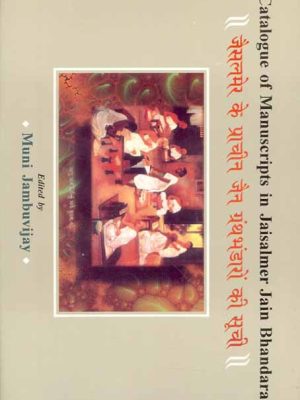
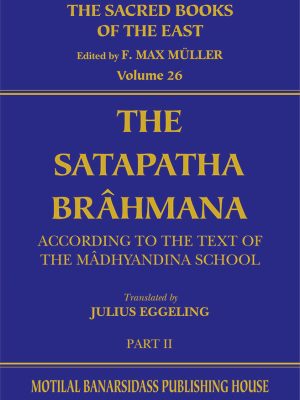
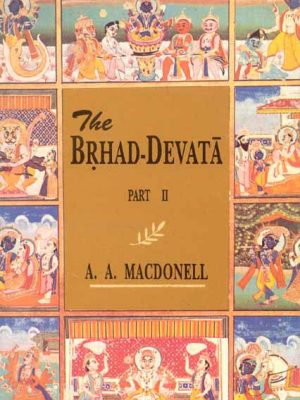
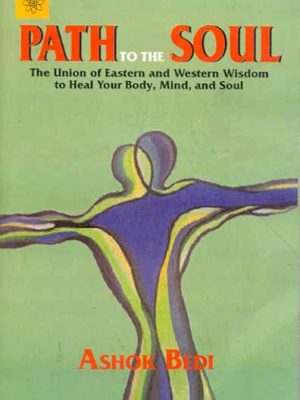
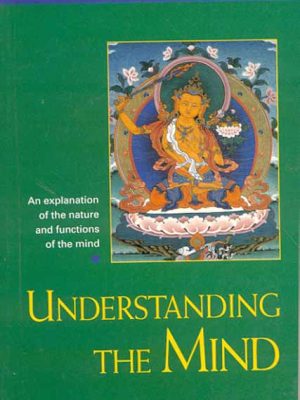
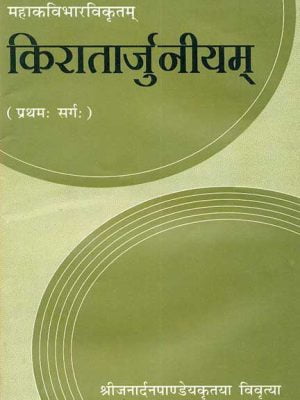
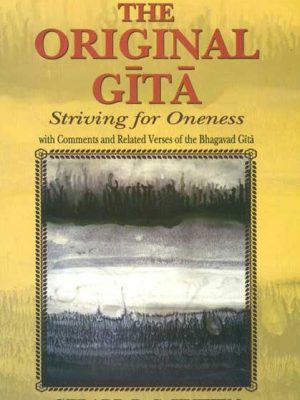
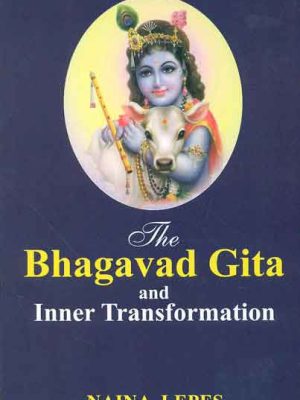
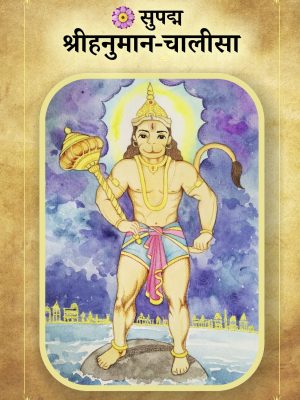

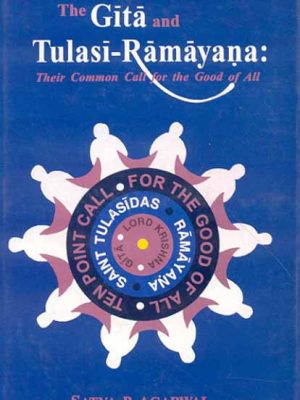
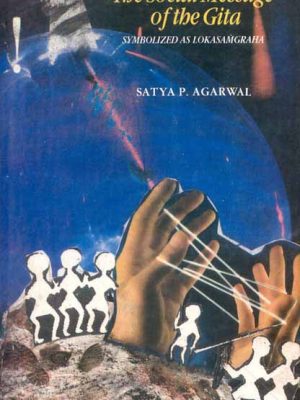
Reviews
There are no reviews yet.